Unveiling the Story of Fencing Materials
Welcome to “Deck the Fences: A Professional Christmas Tale of the History and Evolution of Fencing Materials.” As a leading fence contractor in Rock Hill SC, Lancaster SC, Fort Mill SC, Indian Land SC, York SC, Columbia SC, and Gastonia NC, Affordable Fence Guys has witnessed firsthand the remarkable advancements in fencing materials over the years. In this blog, we will take you on a journey through time as we explore the various materials used in fencing, from traditional wood and iron to modern options like vinyl and composite. So, whether you’re a history enthusiast, a homeowner in need of a new fence, or simply curious about the evolution of fencing, this blog is for you. Don’t forget to reach out to us at 803-233-0971 for all your fencing needs!
Schedule Your Free Fence Estimate
Rock Hill SC, Lancaster SC, Fort Mill SC, Indian Land SC, York SC, Chester SC, Camden SC, Columbia SC
From Primitive Origins to Modern Reinvention: A Historical Perspective
From the beginnings of civilization, humans have always sought ways to mark boundaries and enclose their property. The earliest fences were simple and functional, made from materials readily available in the local environment. This primitive form of fencing, often consisting of branches or stones piled together, served as a deterrent to keep livestock from wandering off and predators from entering.
As societies developed, so did fencing materials. Ancient civilizations like the Egyptians and Romans embraced the use of wood and stone in constructing sturdy fences that provided security and privacy. These early fences exhibited the craftsmanship and artistry of their time, showcasing intricate designs and decorative elements.
With the advent of the industrial revolution, steel became the material of choice for fences, offering durability and low maintenance. Wrought iron fences, known for their elegant and ornate appearance, became a symbol of wealth and sophistication.
In more recent times, technological advancements and environmental concerns have driven the development of innovative fencing materials. Vinyl and composite materials have emerged as popular choices, offering the look of traditional materials with added durability and resistance to rot, insects, and weathering.
The evolution of fencing materials is a testament to our desire for practicality, aesthetics, and sustainability. Join us in the next section as we delve deeper into the use of traditional materials like wood and iron in fencing and how modern alternatives have reshaped the landscape of the fencing industry.

The Evolution of Fencing Materials: A Comparative Analysis
In this section, we will compare the use of traditional materials like wood and iron in fencing with the modern alternatives that have reshaped the industry. Through a comparative analysis, we will explore the advantages and disadvantages of each material and examine how they have evolved over time.
Wood has been a popular choice for fencing due to its natural beauty and versatility. From classic picket fences to rustic split rail fences, wood has provided a timeless charm to many landscapes. However, wood is prone to rotting, warping, and pests, requiring regular maintenance and treatments to ensure longevity.
On the other hand, iron fences have long been admired for their elegance and durability. These ornate structures can showcase intricate designs and add a touch of sophistication to any property. However, wrought iron fences can be expensive to install and maintain, and they are prone to rust if not properly cared for.
In recent years, innovative alternatives to these traditional materials have emerged, offering homeowners more options when it comes to fencing. Vinyl, for example, has gained popularity due to its low maintenance requirements and resistance to rot, insects, and fading. Composite materials, made from a combination of wood fibers and recycled plastics, provide the look and feel of wood with added durability and resistance to the elements.
As we continue our exploration of fencing materials, we will delve deeper into the specific advantages and disadvantages of each option, as well as the environmental impact and sustainability considerations. Stay tuned for the next section, where we will uncover the key factors to consider when choosing the right fencing material for your needs.
Choosing the Right Material for Your Fence: A Professional Guide
Now that we have explored the history and evolution of fencing materials, it’s time to dive deeper into the key factors to consider when choosing the right material for your fence. With so many options available in the market today, it can be overwhelming to make a decision. However, by understanding your needs, preferences, and the specific pros and cons of each material, you can make an informed choice that meets your requirements.
Purpose of Your Fence
First and foremost, consider the purpose of your fence. Are you looking for privacy, security, or simply adding aesthetic appeal to your property? Understanding your primary goal will help you prioritize certain features in a fencing material. For instance, if security is your main concern, you may opt for a durable and sturdy material like wrought iron or aluminum.
Fencing that Fits Your Budget
Additionally, consider your budget and long-term maintenance requirements. Some materials, like wood and wrought iron, are more costly upfront and may entail regular maintenance, including painting, staining, or rust treatment. On the other hand, materials like vinyl and composite fence materials offer low maintenance options that can save you time and money in the long run.
Environmental Friendly Fencing
Moreover, think about the climate and environmental factors in your area. Wood, for example, may not be the best choice if you live in a region with high humidity or frequent rainfall. In such cases, vinyl or composite materials that are resistant to moisture and insects could be a better fit.
Lastly, take aesthetics into account. While functionality and durability are crucial, you want a fence that complements the overall look and style of your property. Consider the architectural style and color scheme of your home, as well as any homeowners’ association rules or regulations that may dictate the types of materials allowed.
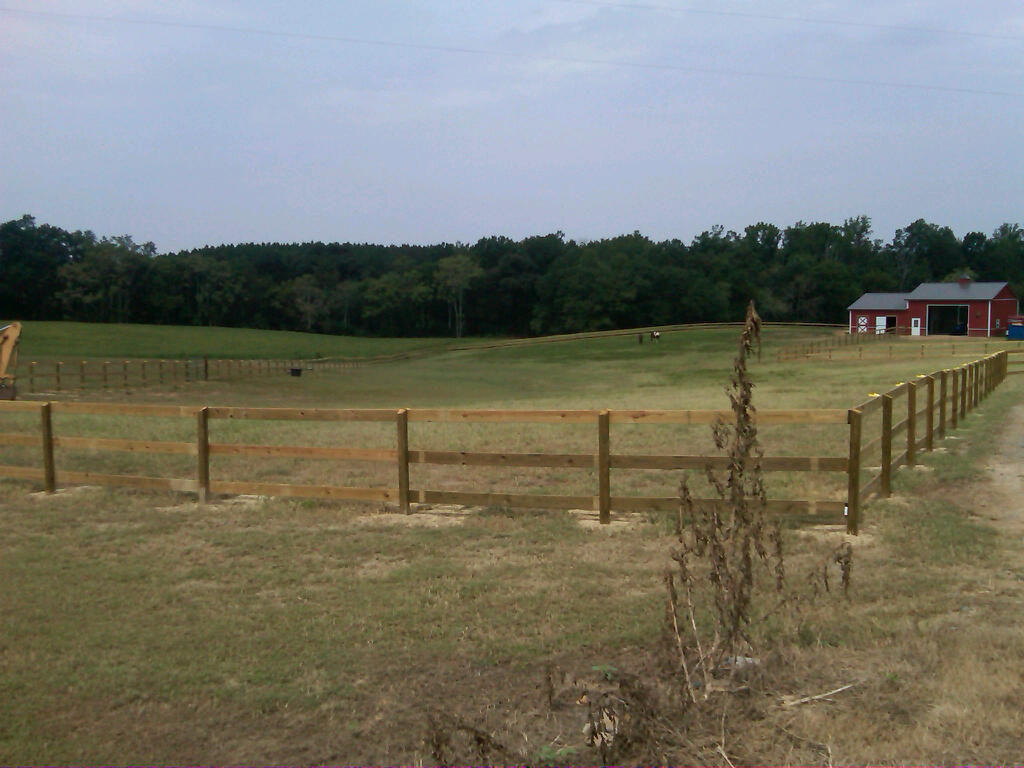
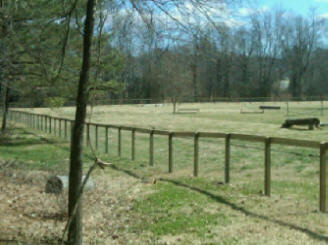
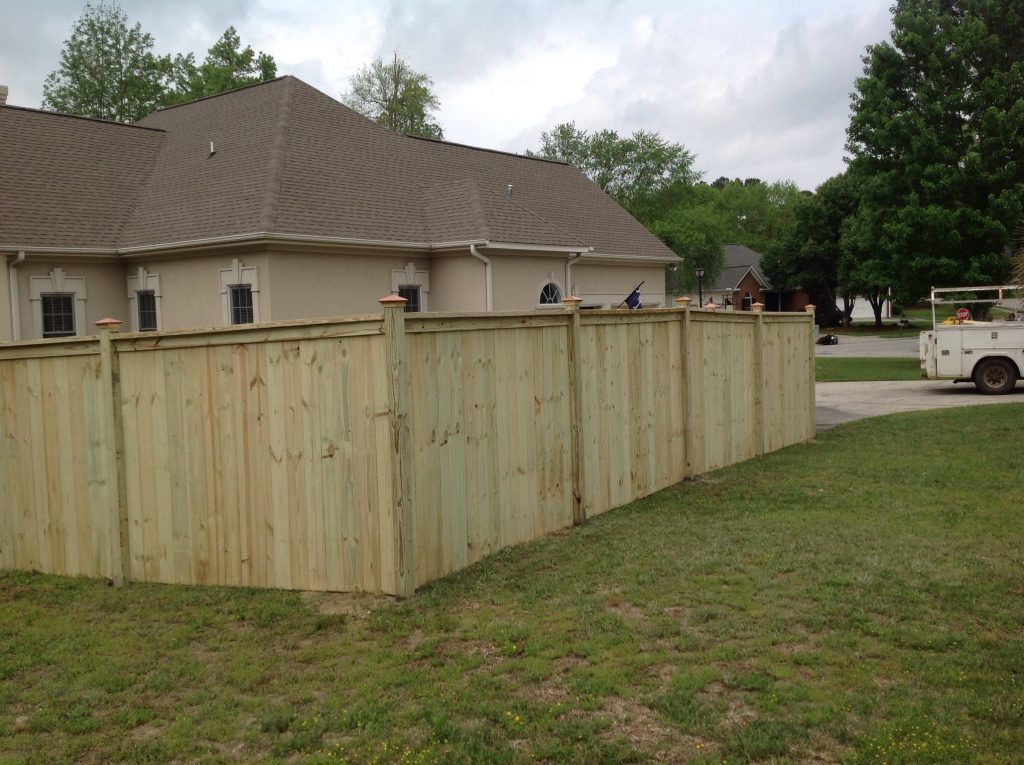
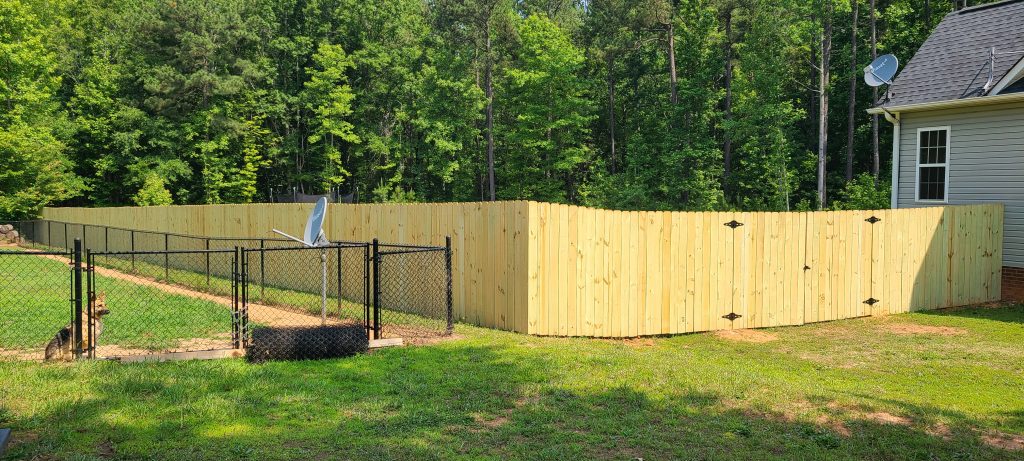
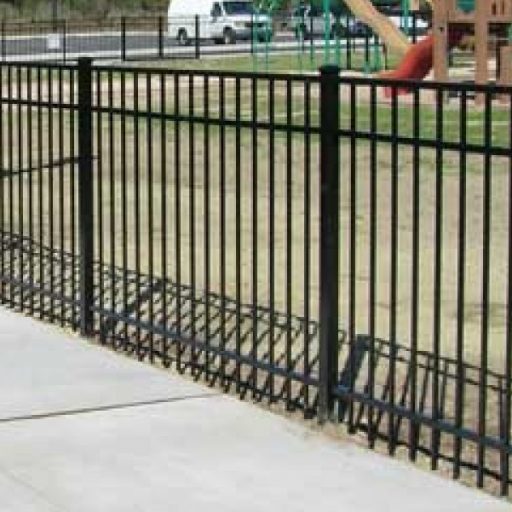
In the next section, we will dive deeper into the specific advantages and disadvantages of each fencing material, providing you with a comprehensive guide to help you make the best choice for your project. So, stay tuned to make an informed decision about your fencing needs.
Schedule Your Free Fence Estimate
Rock Hill SC, Lancaster SC, Fort Mill SC, Indian Land SC, York SC, Chester SC, Camden SC, Columbia SC
Embracing Innovation: Exploring Cutting-Edge Fencing Materials
In this section, we will explore some of the cutting-edge fencing materials that have emerged in recent years. As technology and innovation continue to advance, new materials are being developed that offer enhanced durability, aesthetics, and eco-friendliness.
One such material is composite fencing, which combines wood fibers and plastic to create a product that is both strong and resistant to the elements. This type of fencing material is known for its low maintenance requirements and ability to withstand harsh weather conditions. It also comes in a variety of colors and styles, allowing you to customize the look of your fence.
Another innovative material is bamboo fencing, which has gained popularity due to its natural beauty and sustainability. Bamboo is a renewable resource that grows quickly, making it an eco-friendly option for those concerned about the environment. It is also incredibly strong and resistant to pests, making it a durable choice for fencing purposes.
Additionally, glass fencing has become a popular choice for those seeking a modern and sleek look. It provides unobstructed views while still offering a level of privacy and security. Glass fencing is typically made from thick, tempered glass panels that are securely held in place by stainless steel hardware, ensuring longevity and durability.
These cutting-edge fencing materials are just a few examples of the exciting possibilities available on the market today. By embracing innovation, you can find a material that meets your needs, enhances the aesthetic appeal of your property, and contributes to a greener future.
In the next section, we will compare the advantages and disadvantages of these cutting-edge materials, helping you determine which one is the best fit for your specific fencing project. So, keep reading to learn more about these exciting options!
Maintenance and Longevity: Ensuring Durability and Sustainability
In order to make an informed decision about which cutting-edge fencing material is right for your project, it is important to consider the maintenance requirements and overall longevity of each option. While all of these materials offer unique benefits, some may require more upkeep than others.
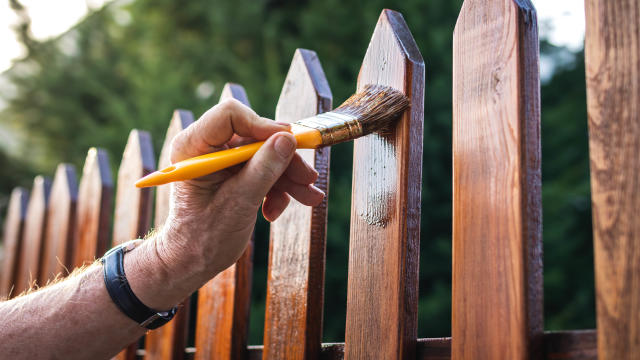
Composite fencing, for example, is known for its low maintenance requirements. With minimal effort, such as occasional cleaning, it can maintain its pristine appearance for years to come. This can be a major advantage for those with busy schedules or who simply want to minimize the time and effort spent on fence upkeep.
When considering the longevity of these materials, composite fencing typically has a longer lifespan than bamboo. While bamboo can last for many years, it may eventually succumb to decay or weather damage. In contrast, composite materials are designed to withstand the elements and maintain their structural integrity for a significantly longer period of time.
Glass fencing, when properly maintained, can also have a long lifespan. However, it is important to note that glass panels can be more fragile than other materials and may need to be replaced if they become cracked or damaged.
In summary, when selecting a cutting-edge fencing material for your project, it is important to consider the maintenance requirements and overall longevity of each option. Composite fencing offers low maintenance and durability, while bamboo provides natural beauty and sustainability with slightly higher upkeep needs. Glass fencing offers a sleek and modern appeal with specific maintenance requirements to keep its transparency intact. By weighing these factors, you can make an informed decision that ensures durability and sustainability for your fencing project.
Schedule Your Free Fence Estimate
Rock Hill SC, Lancaster SC, Fort Mill SC, Indian Land SC, York SC, Chester SC, Camden SC, Columbia SC
Deck the Fences: Celebrating the Holidays with Festive Fence Decorations
As we approach the holiday season, it’s time to put a festive twist on our cutting-edge fencing materials. Celebrate this special time of year by adorning your fences with eye-catching decorations that bring joy and cheer to your outdoor space.
First, let’s talk about composite fencing. Its sleek and modern appearance provides the perfect backdrop for a variety of holiday decorations. Consider hanging colorful ornaments or stringing twinkling lights along the fence panels. The low maintenance requirements of composite fencing make it easy to add and remove these decorations without causing any damage.
For those who prefer the natural beauty of bamboo fencing, embrace the rustic charm of the holiday season. Enhance the fence with garlands made of pine branches or holly berries. Add a touch of elegance by attaching bows or small ornaments to the fence posts. With a little creativity, you can transform your bamboo fence into a festive masterpiece.
Glass fencing provides a unique opportunity to create a winter wonderland in your outdoor space. Hang snowflake ornaments or icicle lights from the glass panels to create a mesmerizing effect. Consider adding a garland of faux snow along the top of the fence for an extra touch of magic. The transparent nature of glass fencing allows these decorations to shine brightly, creating a stunning display.
By incorporating holiday decorations into your cutting-edge fencing materials, you can infuse your outdoor space with the festive spirit. Whether you choose composite, bamboo, or glass fencing, there are plenty of possibilities to make your fences the star of the show this holiday season. So, let your creativity run wild and deck the fences with joy and merriment!
Conclusion: Reflecting on the Journey of Fencing Materials
Over the course of this blog series, we have explored the history and evolution of fencing materials. Also the unique ways they can be adorned for the holiday season. From the sleek and modern aesthetic of composite fencing to the rustic charm of bamboo, and the magical effect of glass fencing. There is no shortage of options to transform your outdoor space into a festive wonderland.
By incorporating holiday decorations into your cutting-edge fencing materials, you not only embrace the spirit of the season. You can also showcase the versatility and beauty of these materials. Whether it’s hanging ornaments, stringing lights, or adding garlands, the possibilities are endless.
As we conclude this professional Christmas tale, we hope you have found inspiration to bring joy and merriment to your fences this holiday season. So go ahead, let your creativity run wild, and deck the fences with the magic of the holidays!
Schedule Your Free Fence Estimate
Rock Hill SC, Lancaster SC, Fort Mill SC, Indian Land SC, York SC, Chester SC, Camden SC, Columbia SC
Discover more from Affordable Fence Guys
Subscribe to get the latest posts sent to your email.
